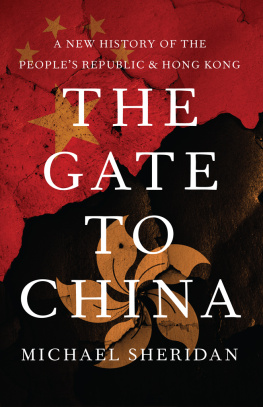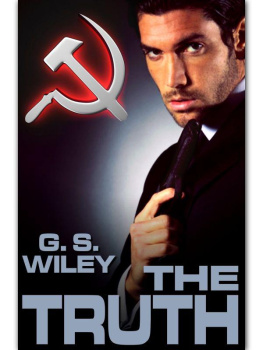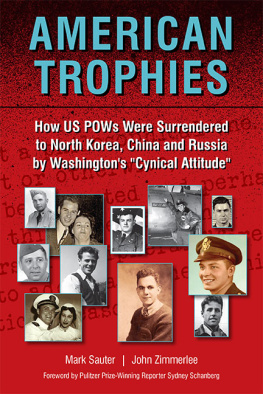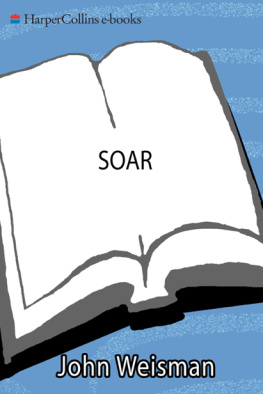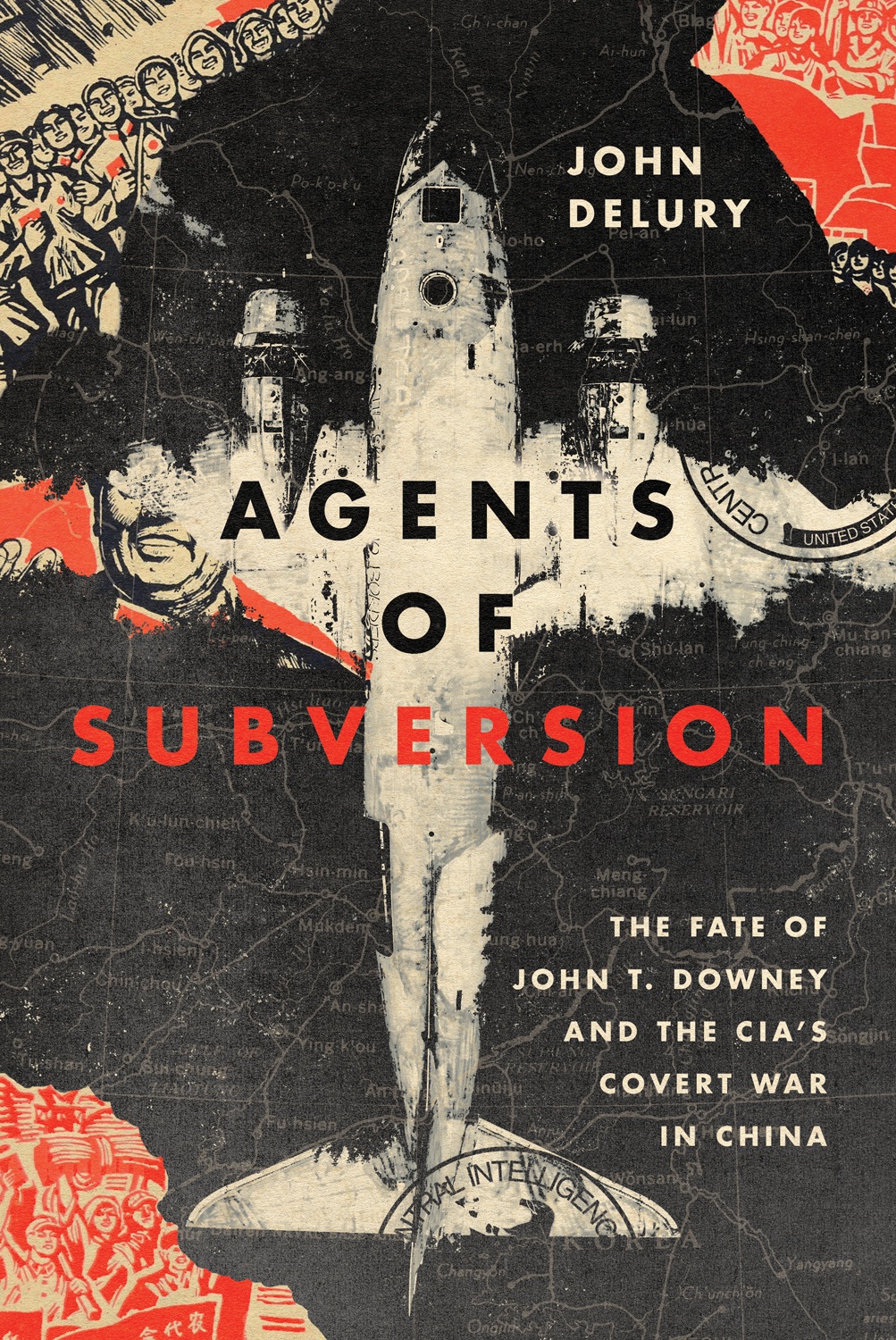Contents
List of Figures
Guide
Pagebreaks of the print version
AGENTS OF SUBVERSION
The Fate of John T. Downey and the CIAs Covert War in China
John Delury
CORNELL UNIVERSITY PRESSITHACA AND LONDON
For Jeong-eun
Contents
PROLOGUE
Hong Kong was already a spys paradise when war between American and Chinese forces in Korea gave added impetus to covert activity in the British colony. Under the anxious eye of the colonial police, CIA officers, Communist underground, and Nationalist sympathizers scrambled for intel on the enemy and recruits for their cause. It didnt take long before someone spotted Li Junying, a forty-four-year-old junior officer in the National Army who chose not to follow his commander in chief, Generalissimo Chiang Kai-shek, into exile in Taiwan. Instead, Li slipped over the porous border into the Crown Colony of Hong Kong sometime in 1949, joining half a million refugees eking out a meager existence in the shadow of the Communist-controlled mainland. Li was the ideal recruit for a clandestine project, sponsored by the CIA, to recruit agents of subversion from the so-called Third Forcepatriotic Chinese like him who rejected Mao Zedongs Communist Party yet despised Chiang Kai-sheks Nationalists almost as much.
The CIA arranged for Lis surreptitious transport to a secret base on the Western Pacific island of Saipan for paramilitary training, and then moved him onward to another CIA facility near the US Navy airfield outside Tokyo. In September 1952, with fighting in Korea locked in a bloody stalemate, an unmarked American plane dropped Li into the forbidding wilderness of Chinas Changbai mountain region straddling the border with North Korea. His assignment was to link up with a pair of five-man teams who had parachuted in the months prior. Collectively, their mission was to foment counterrevolution against Maos young nation, the Peoples Republic of China, in the name of the Third Force.
A couple months later, during Thanksgiving week, Connecticut-born John Thomas Downey, only a year out of Yale College, was far from home. He was enjoying a convivial dinner in Tokyo with his fellow CIA officers in the Far East outfit, and spirits were high. Downeys unit had been running Li Junying and the other Third Force agent teams in Manchuria, maintaining radio communications and keeping them resupplied by airdrop. Some very good news had come from Li that the alpha team, dropped in July, established contact with a disaffected exNational Army general. Li requested exfiltration as soon as possible so that he could report to headquarters in person. Downeys dinner companions in Japan felt pangs of envy for Jack and his partner Dick, twenty-seven-year-old Boston University graduate Richard George Fecteau, who were headed from Tokyo to Seoul, where they would continue into Communist China to pick up Agent Li.
The unmarked C-47 made an uneventful flight from South Korea to Sandao Gullythe rendezvous point in a remote location on the China side of the Yalu River. The pilot and co-pilot were employees of CAT (Civil Air Transport), a Taiwan-based commercial airline secretly owned by the CIA and chartered when needed for covert missions across Asia. Jack Downey had been on one of these flights before, in August, when he rode along for a resupply drop. But this time around he had a most unusual assignment. As the plane came in low and slow, Downey and Fecteau were supposed to lower a hook that would latch onto a wire strung between goalposts on the ground. The wire was fastened to a backpack to be worn by the intrepid Li Junying, who would be lofted in the air without the plane having to land. Once snatched off the ground, Li was to be reeled in like a fish by Downey and Fecteau. The CAT pilots would speed back to safety, and debriefing, in Japan.
As the plane approached Sandao Gully the men could make out Lis ground signal for the go-ahead, a triangle of small fires. But it was not Li Junying lying on the snow-packed groundhe was in the custody of Chinese public security officers. And there would be no pickup without landing. As the C-47 coasted in on the third pass to drop the hook, guns opened fire from both sides of the ravine. The plane careened down to the hard earth, crashing into a bank of trees. The two CAT pilots were dead on impact, but Downey and Fecteau survived the crash. A grainy photograph captures the moment when two CIA spies were caught red-handed, hands behind their backs, in the winter wilderness of Red China, day one of the longest-known imprisonment of American intelligence officers by a foreign government. It would take over two decades before Downey was able to walk back to freedom across Lo Wu Bridge into Hong Kong, where the Third Force project had begun.
Hero with a Thousand Faces
The seed of this book was planted one day in November 2014 as I learned about the events of November 1952 in Jack Downeys obituary in the New York Times. I was teaching Chinese history and international affairs at Yonsei University in Seoul, South Korea, having returned to academia from a stint working on US-China relations at a nongovernment organization in New York, the Asia Society.


